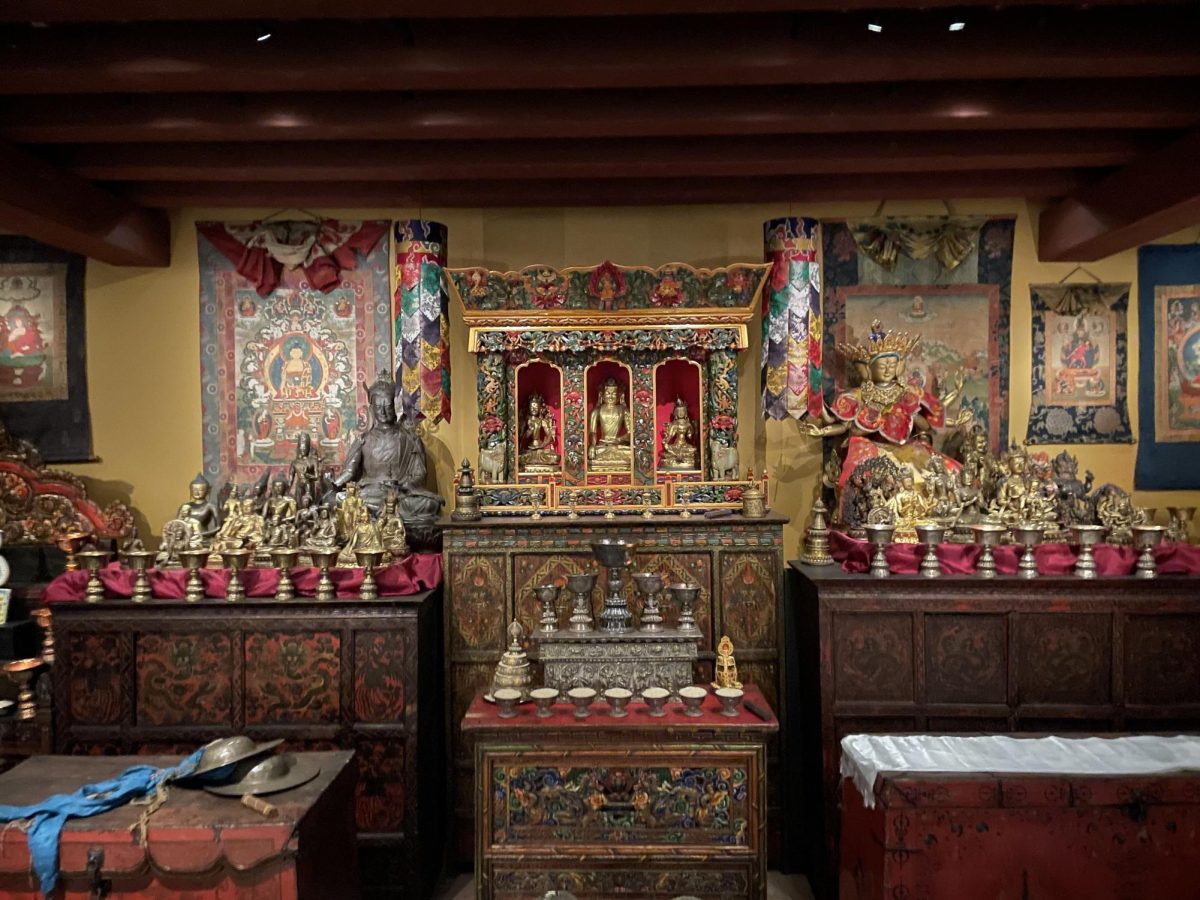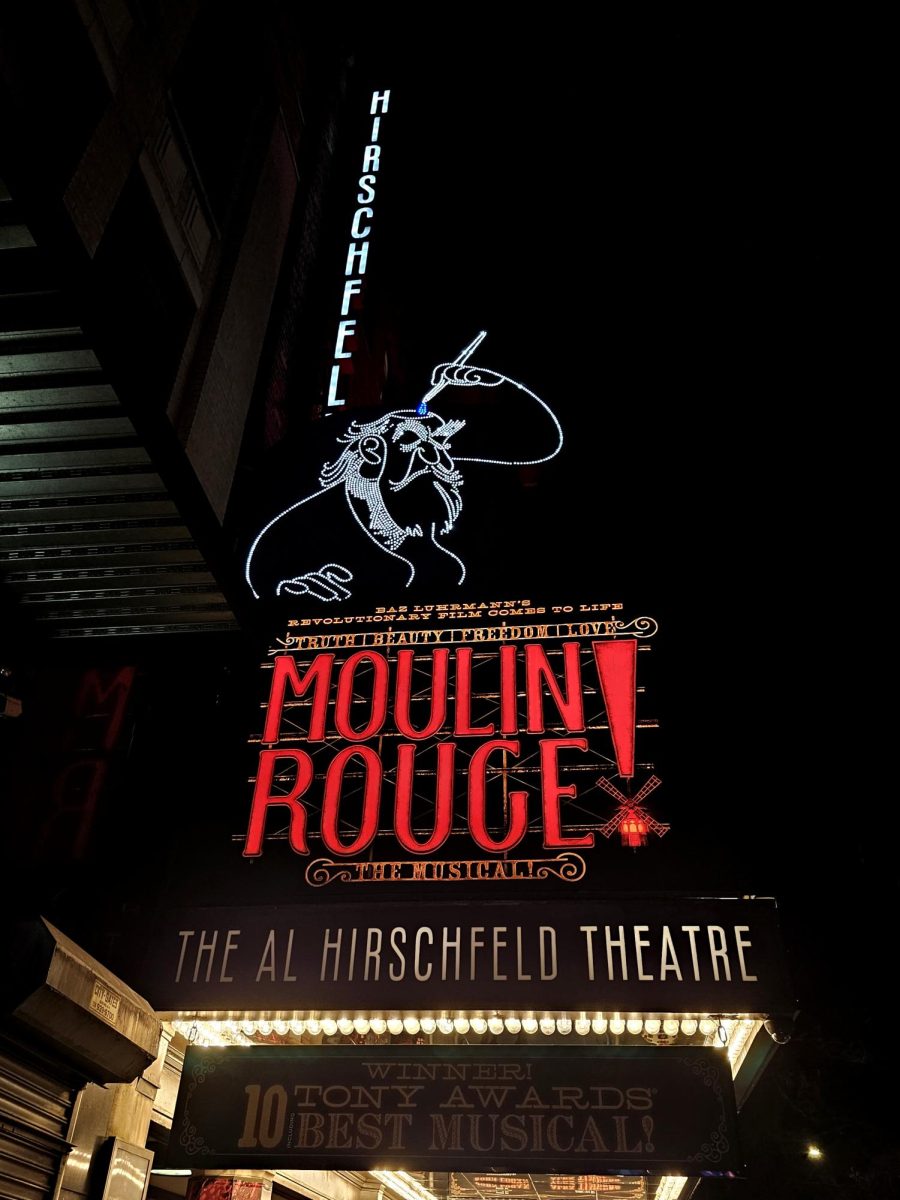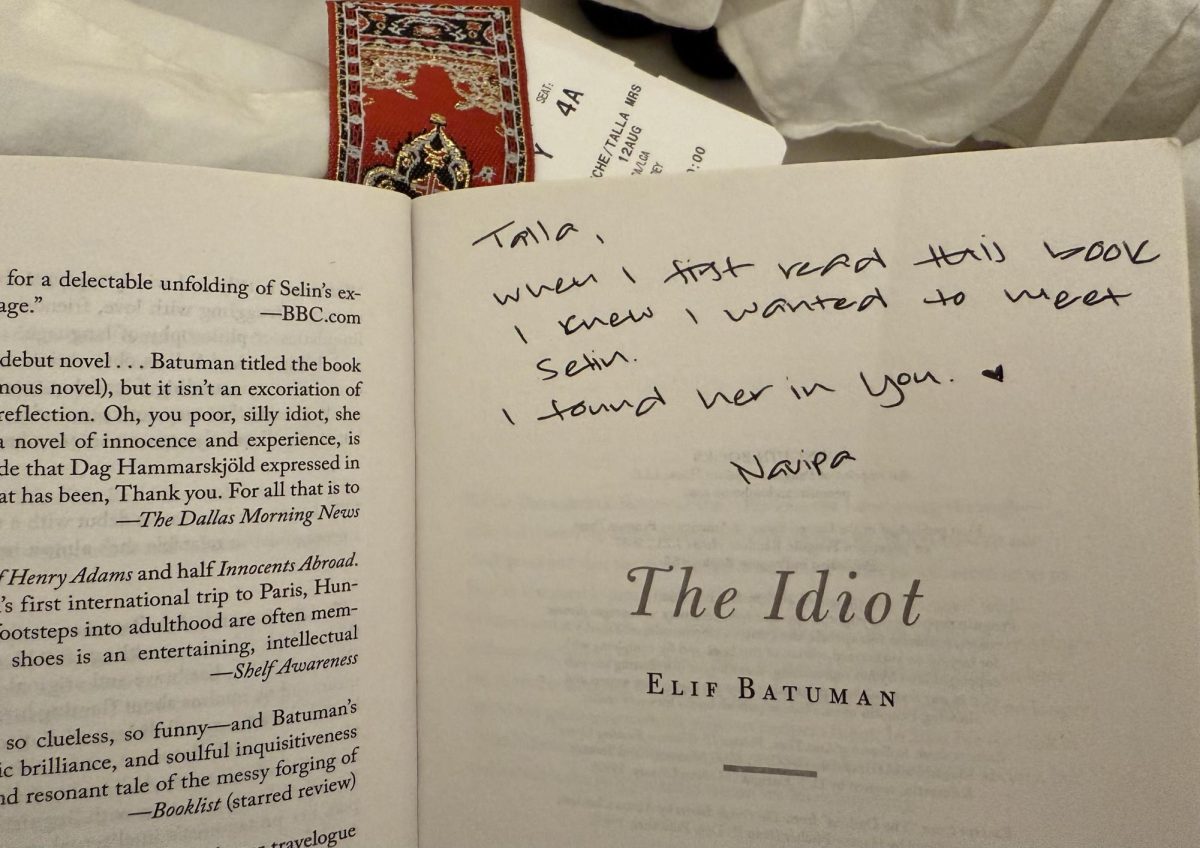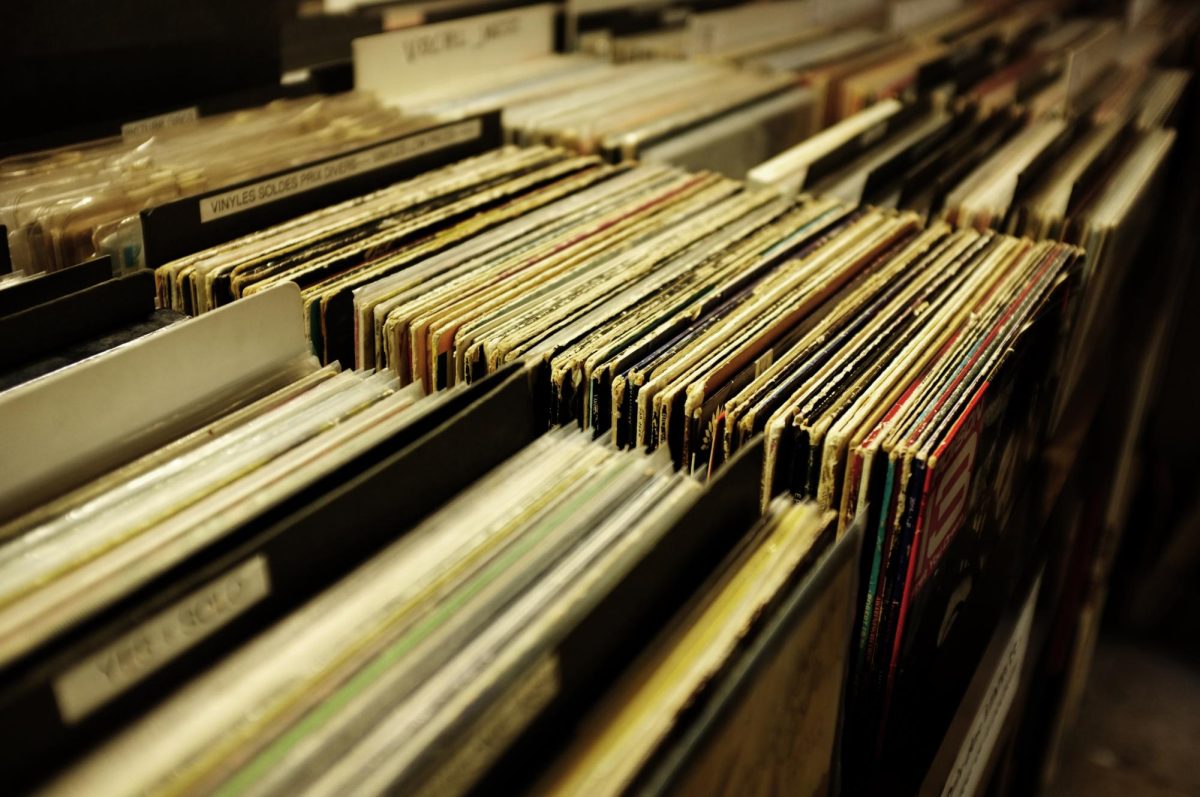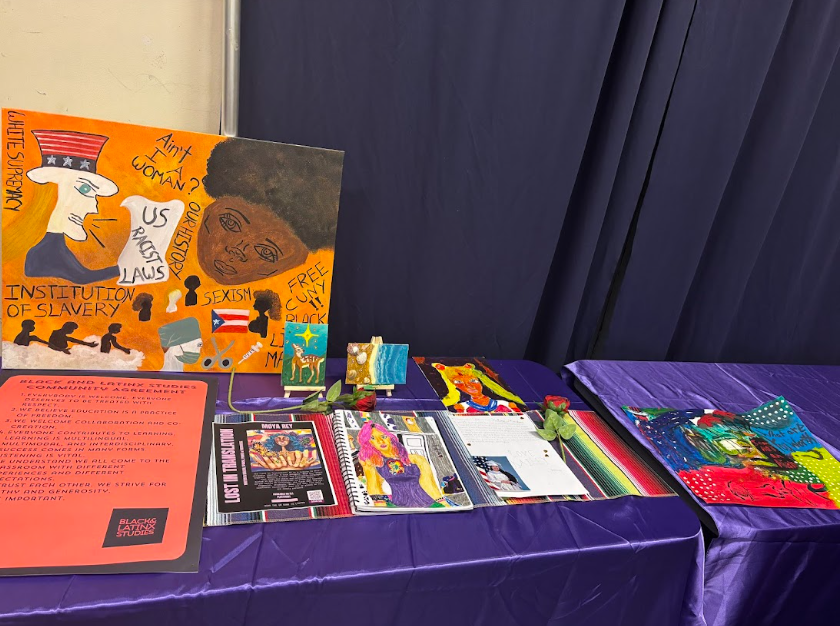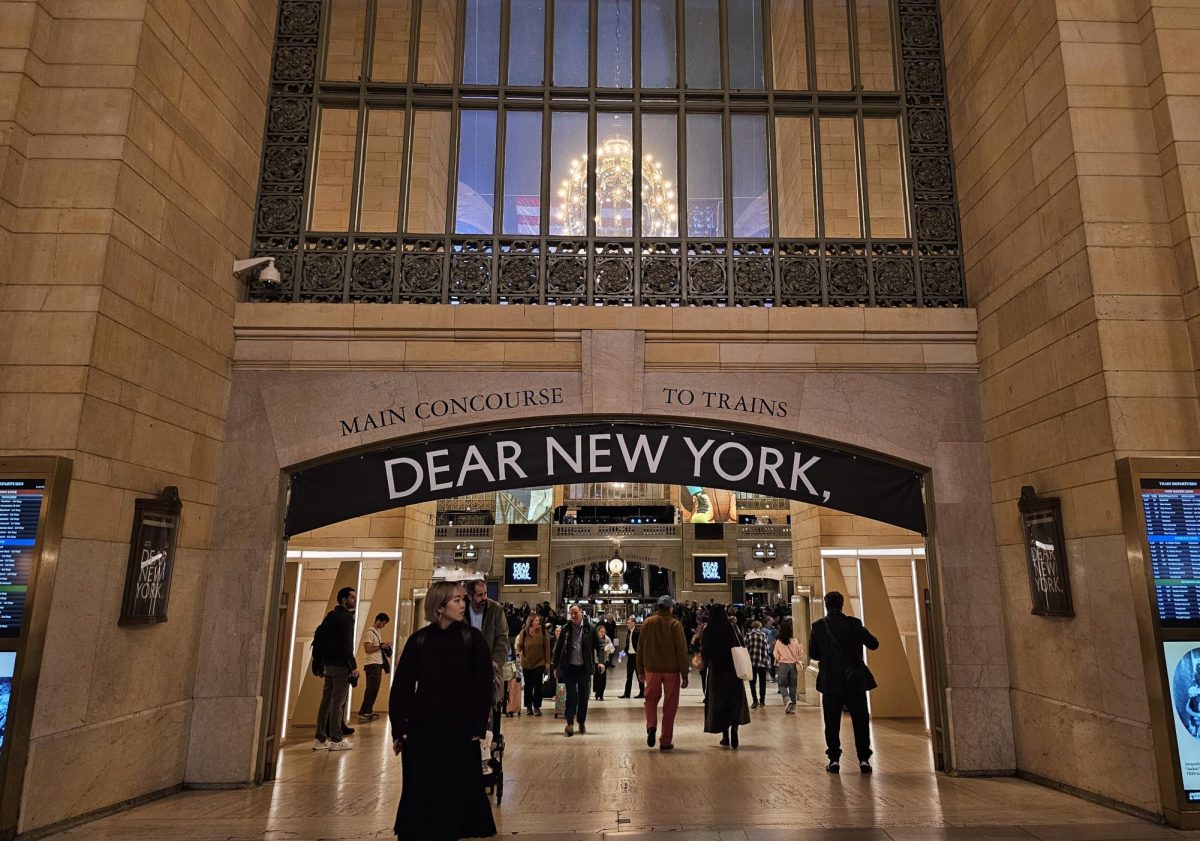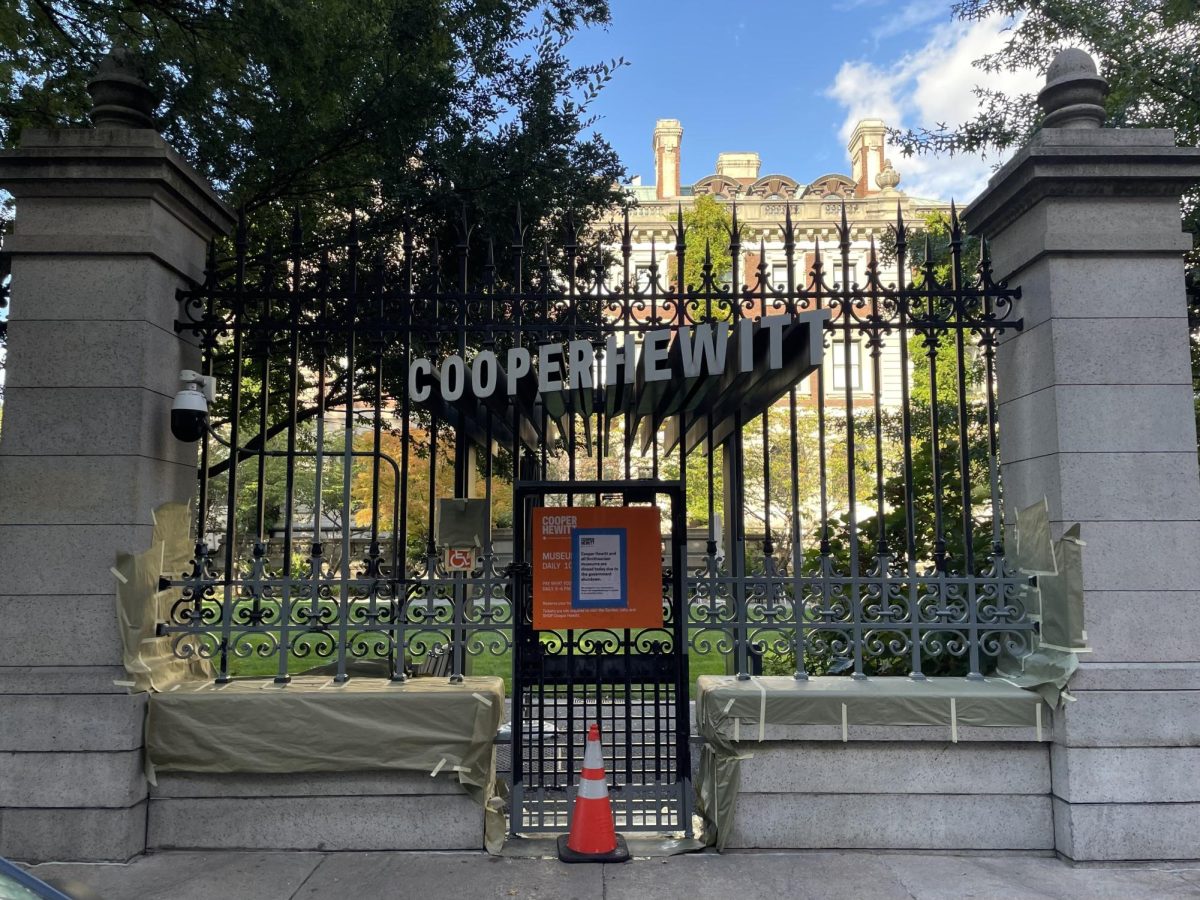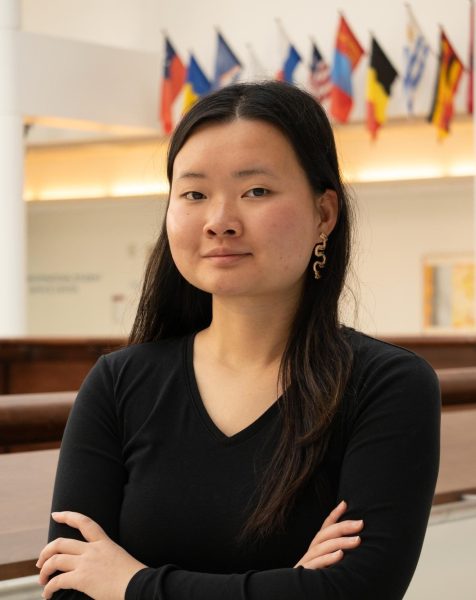The Rubin Museum of Art will close its doors on Oct. 6. Located in Chelsea, the museum is known for featuring Himalayan, Central Asian and South Asian art and artifacts for the past 20 years.
When Donald and Shelley Rubin wanted to showcase their private Himalayan art collection they had been curating since 1974, they bought a Barneys New York department store in 1998 for $22 million. After renovations, the Rubin Museum opened in October 2004. Since then, the museum has featured around 4,000 objects spanning through 1,500 years of history.
The museum has not cited financial struggles as the cause of the closure. However, the museum did face financial difficulties.
Even before the pandemic, the museum struggled financially. In 2019, the Rubin laid off a quarter of employees and reduced operating hours after budget cuts.
Jorrit Britschgi, the museum’s executive director, said the 2019 cuts would hopefully ensure the museum’s long term financial stability. According to Britschgi, the museum supported operations because of a $25 million gift that founders Donald and Shelly Rubin gave the institution in 2011 but was projected to run out in 2020, Artforum reported in 2019.
“The changes that we’re making will currently give us another thirty years to live, for sure,” Britshgi said
However, in 2022, the most recent time frame available in the public record, the institution charted a $5,879,492 net loss. That year the Rubin earned $290,513 from admissions, equating to around 15,290 regularly priced adult tickets sold for $19 each.
Once the Rubin closes, it plans on loaning out its objects and selling the building. To remedy the loss of the building, the museum’s contents will be preserved virtually to continue to support research of Himalayan art. The Rubin has said it seeks to reimagine what a museum is beyond existing as a physical building.
“The Rubin Museum ended 2023 with a surplus of $16 million and a $160 million endowment,” the Rubin said in a statement shared with The Ticker. “We are enacting this change from a position of financial strength — evolving how cultural institutions carry out their mission of supporting the arts and reaching diverse audiences.”
A traveling exhibition called “The Gateway to Himalayan Art” will go through colleges around the country from 2023 to 2026.
The Rubin’s artifacts include ritual objects, sculptures and paintings. Some of its most prized possessions include the 12th century Nepalese sculpture “Durga Killing the Buffalo Demon (Durga Mahisasuramardini)” and paintings of Buddha Shakyamuni across centuries.
Some of the exhibitions in the museum include the Mandala Lab, a floor dedicated to Buddhist practices of wellbeing. The interactive activities of the lab include experimenting with scent and dipping percussion instruments into water in order to explore and understand self-awareness and clarity.
One of the most popular attractions of the museum is the Tibetan Buddhist Shrine Room. The shrine room is filled with scroll paintings, ornaments, musical instruments and flickering butter lamps in a dark atmosphere. Recordings of Tibetan monks chanting prayers and the scent from incense complete the feel of an authentic shrine.
Similar to a real household shrine, the objects are displayed as they would be in a space for prayer and offerings. Thangkas, vajras, handheld drums, conch trumpets and textile decorations made of brocade silk are just some of the things used to decorate the room. This room will be relocated after the museum closes.
The museum also showcases contemporary artwork of modern artists from the Himalayas and surrounding regions. From mixed media made of scraps to hand drawn stop motion, the museum features art mainly about identity and family. Kunsang Kyirong’s hand drawn charcoal animation “Yarlung” is one of the featured works, depicting loss in a Tibetan family.
“The art in our galleries teaches us that change is constant and inevitable,” Jorrit Britschgi said in a letter to the Rubin Community. “We take inspiration from this, as we boldly let go of an old model and redefine what it means to be a museum in the 21st century.”
Many people have since expressed their dismay at the closure of the museum building. Chitra Ganesh, an artist featured in the museum’s exhibition, said “What the closure signals is that there continues to be a lack of structural support and visibility for Asian artists.”
Editor’s Note: An earlier version of this article reported that the Rubin Museum terminated its employees in 2019. The article has been updated to reflect that employees were laid off, not fired. It has also been updated to include a statement shared by the Rubin regarding its financial status.


